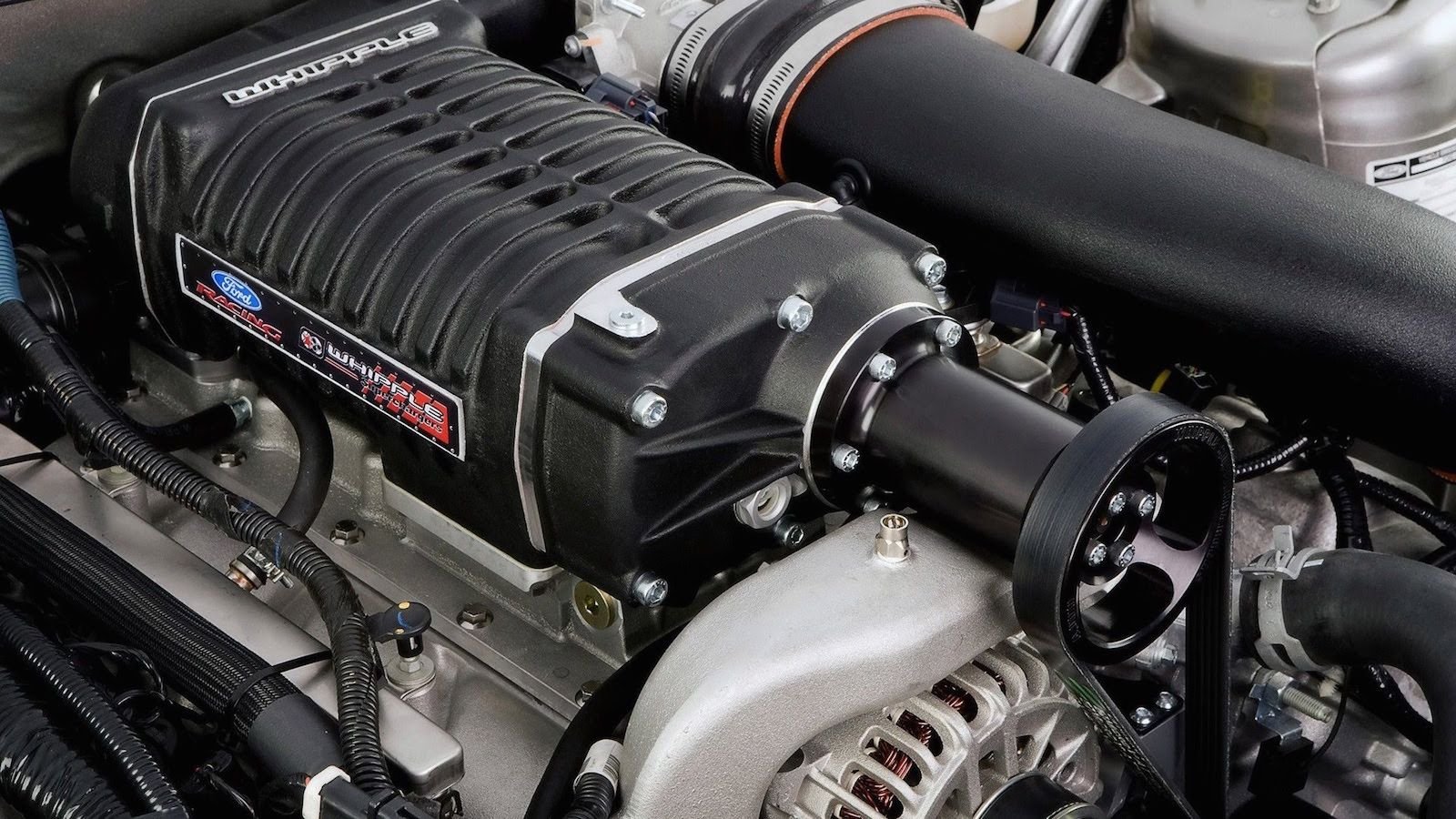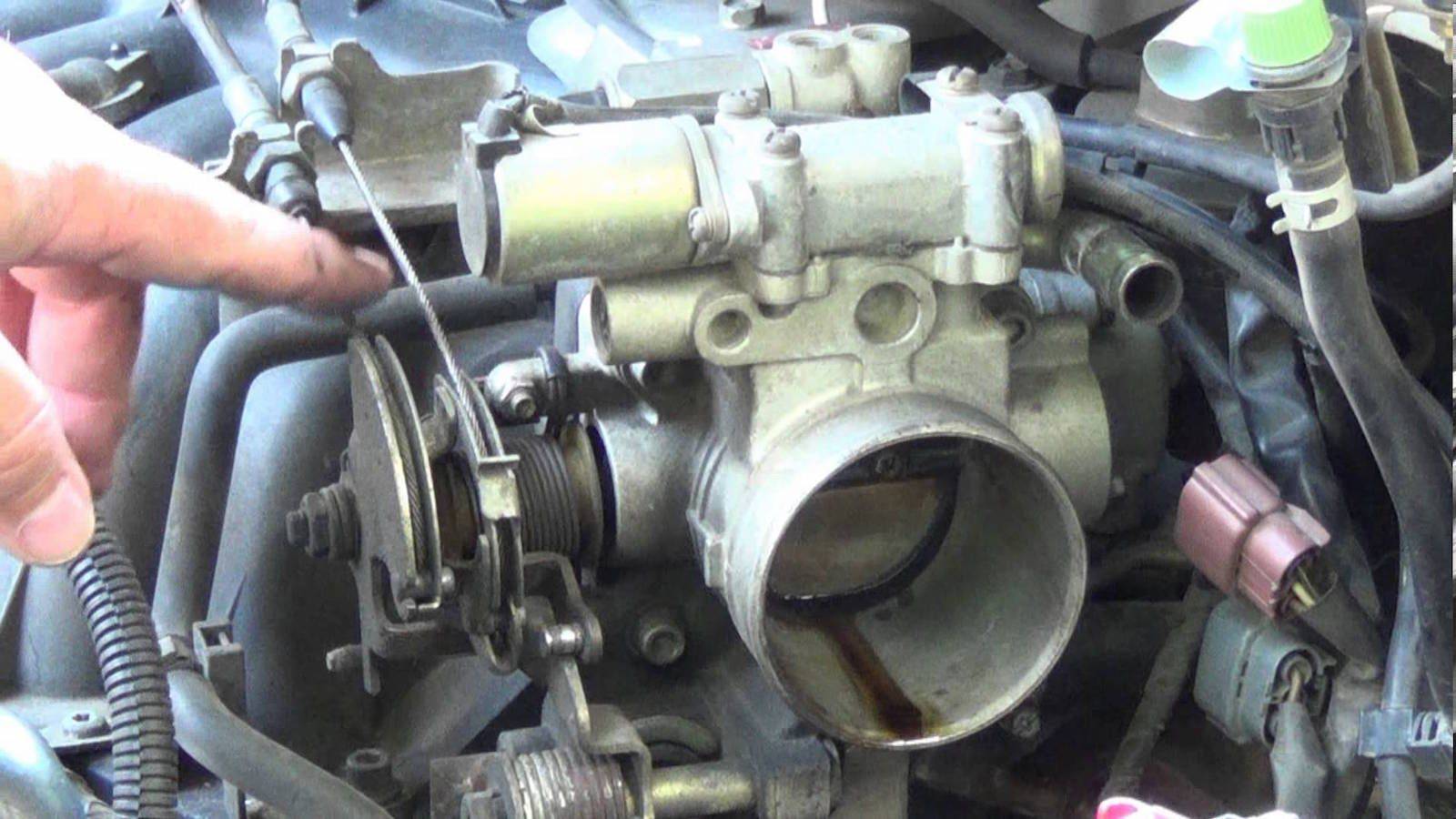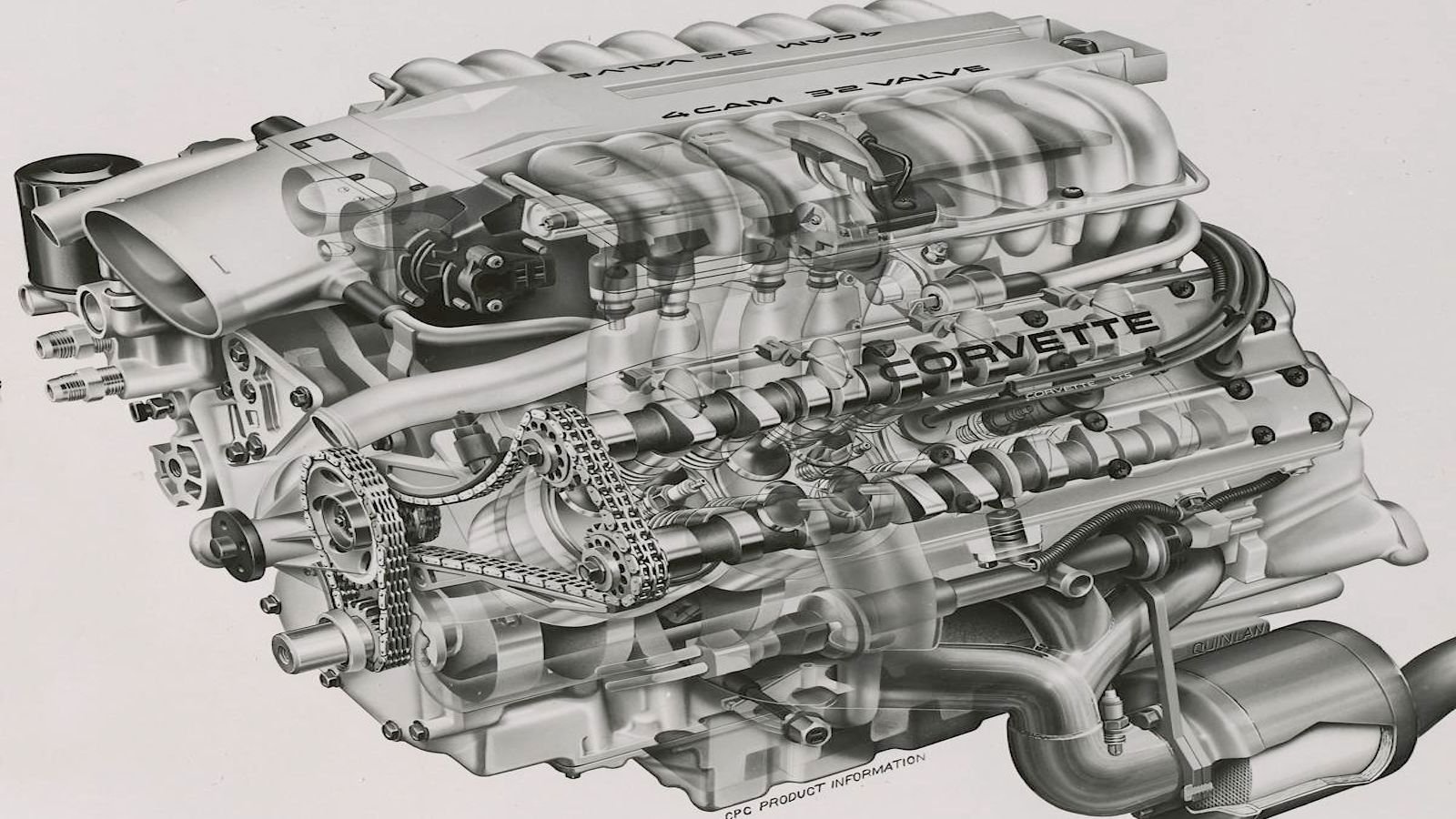What Makes an Engine Responsive?
Throttle response is an important part of any high-performance engine. It allows you to control a car more precisely and contributes in large to how enjoyable a car is to drive. This is how it’s done:
















Form of Induction
The way air is delivered to the cylinders is one of the largest factors due to the fact it changes the entire characteristics of an engine. The classic example of this is a supercharged or naturally aspirated engine is compared to a similar setup with a turbocharger. Blowers are a great way to add some boost to your build while maintaining a lightning quick response.
>>Join the conversation about Engine Responsiveness in the LS1 Tech Forum!
Cable vs. Computer
Traditional cable operated throttle bodies tend to yield better feedback than their electronically operated counterparts. Modern e-throttles have come a long way, but they still fail when compared to something mechanically operated. Some super car manufacturers have opted to use good old-fashioned twisted metal as opposed to more complex systems.
>>Join the conversation about Engine Responsiveness in the LS1 Tech Forum!
Fuel Mixture
Running a motor that is too rich can dampen throttle response as well. A leaner air to fuel mixture will sharpen the effect your right foot has on the engine but should be approached with caution. Pulling too much fuel out can destroy valuable bits inside your engine!
>>Join the conversation about Engine Responsiveness in the LS1 Tech Forum!
Light Weight Components
Pistons, rods, and crankshafts have to be strong and durable to withstand force and pressure that is exerted on them. Shedding weight from these components will free a motor up and allow it to respond quickly to a driver’s requests. Even flywheels and clutch assemblies assist in this category to bring feeling through your right foot.
>>Join the conversation about Engine Responsiveness in the LS1 Tech Forum!
Camshaft Over Lap
Camshaft overlap is a moment between the exhaust and intake stroke in which both valves are open. Tiny changes in this amount can have a big impact on where an engine makes its power band and what you feel through the pedal. Large amounts of overlap will create more power at high rpm with poor idle quality and a loss of low rpm power.
>>Join the conversation about Engine Responsiveness in the LS1 Tech Forum!
Intake Runner Size
Long intake runners are great for low-end power and response while short runners make effective use later in the power band. This is due to a pressure wave that bounces around in the manifold once the intake valve is closed. In some applications, you are stuck choosing where you want power and response. In other applications, variable intake manifolds have been used to give the best of both worlds!
>>Join the conversation about Engine Responsiveness in the LS1 Tech Forum!
The Big One
By far the biggest factor that affects throttle response (in an unloaded condition) is compression ratio. You might think this is counter-intuitive. More air being compressed means more resistance, right? Not at all! High compression engines are very responsive to engine speed changes. This large compression can even allow you to get away with running larger carburetors in non-fuel injected applications.
>>Join the conversation about Engine Responsiveness in the LS1 Tech Forum!
Putting it Together
These are some of the things that are factors in getting that smile-inducing snappy throttle response. When you know where you want an engine to produce the power you can use these things to tailor how the motor will feel and ultimately drive. Being able to make quick adjustments on the fly can change a car’s attitude and character in the middle of the corner and create that magic feels that another car simply doesn’t have. Until next time…
>>Join the conversation about Engine Responsiveness in the LS1 Tech Forum!
For help with service of your car, check out the how to section of LS1Tech.com
